TRANSIT RAILROAD
Montreal’s Agence métropolitaine de transport (AMT) once operated Canada’s second-largest commuter rail network, moving over 18 million passengers annually across six lines before its 2017 reorganization.
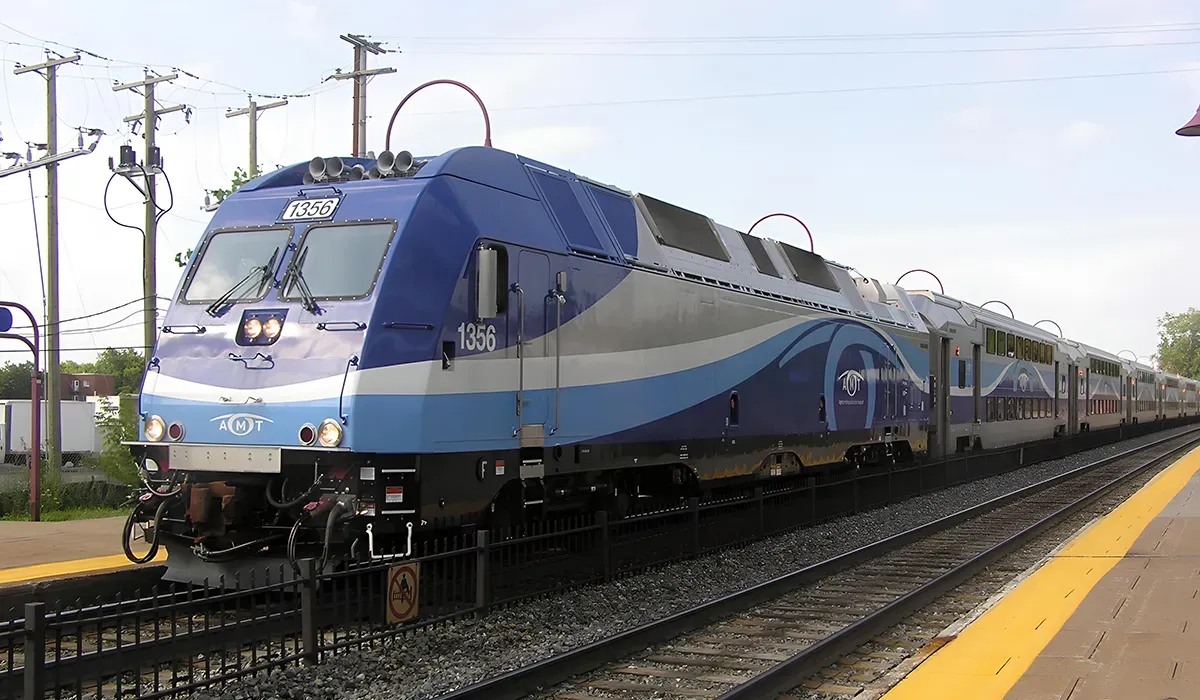

The Agence métropolitaine de transport (AMT) was a transit agency classified as Transit, responsible for planning, coordinating, and integrating commuter rail and bus services in the Greater Montreal area. At its peak, the AMT managed a network of six commuter rail lines, two metropolitan bus routes, and a fleet of 62 locomotives, 58 electric multiple units, and 201 railcars, serving the Montreal metropolitan region with a focus on passenger transportation..

FOUNDING HISTORY & ORGANIZATIONAL STRUCTURE
The AMT was founded on January 1, 1996, by the Government of Quebec to assume responsibility for the commuter train network from the Société de transport de la Communauté urbaine de Montréal (STCUM). Its original purpose was to expand and improve public transit services in the Montreal area, and it did not undergo major mergers but was dissolved in 2017 as part of a regional transit governance overhaul..
HEADQUARTERS & OPERATIONAL BASES
The AMT’s headquarters was located at 700 rue de la Gauchetière, Montreal, Quebec, Canada. The facility served as the central administrative and operational hub, housing executive offices, planning departments, and customer service teams, and played a key role in coordinating regional transit operations..
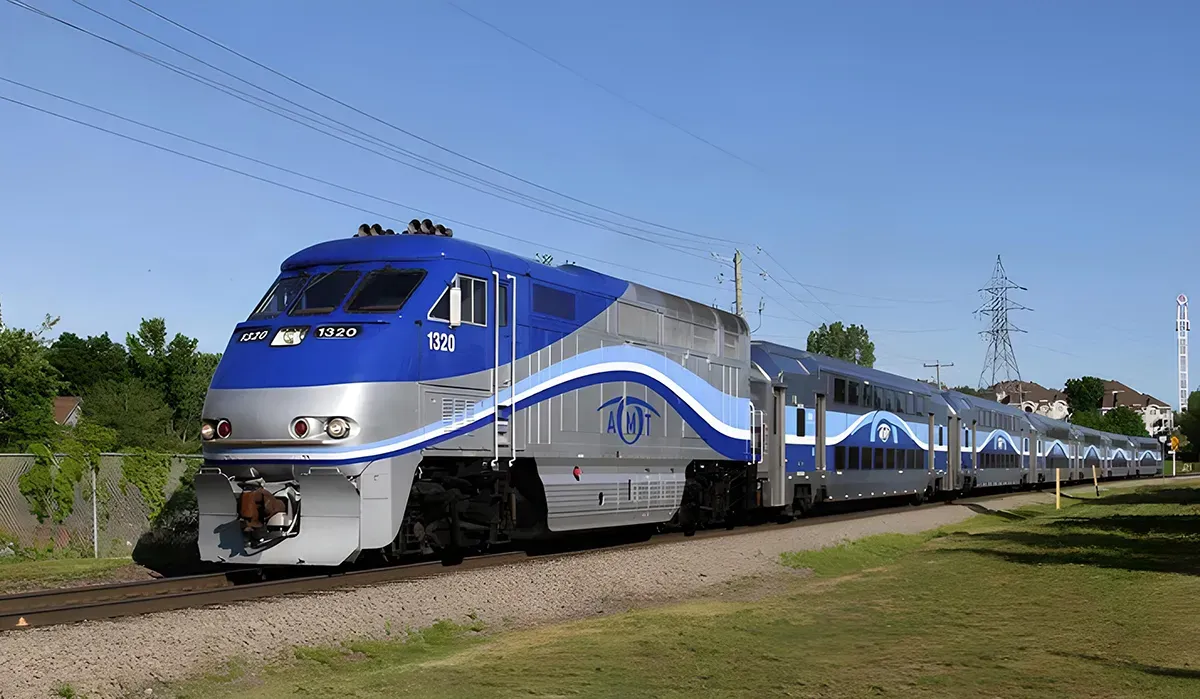
LEADERSHIP & EMPLOYEES
Nicolas Girard served as President and CEO of the AMT during its final years. The executive team included vice presidents responsible for operations, planning, finance, and customer experience, each bringing backgrounds in public administration, transportation planning, and engineering. The leadership team worked closely with municipal and provincial partners to deliver integrated transit solutions.
The AMT employed approximately 500 people, with about 350 serving as skilled craftspeople, maintenance workers, and service teams responsible for train operations, infrastructure upkeep, and customer support. The workforce included a mix of operational staff, planners, and administrative professionals, with a focus on diversity and inclusion in hiring practices.
FACILITIES & OPERATIONS
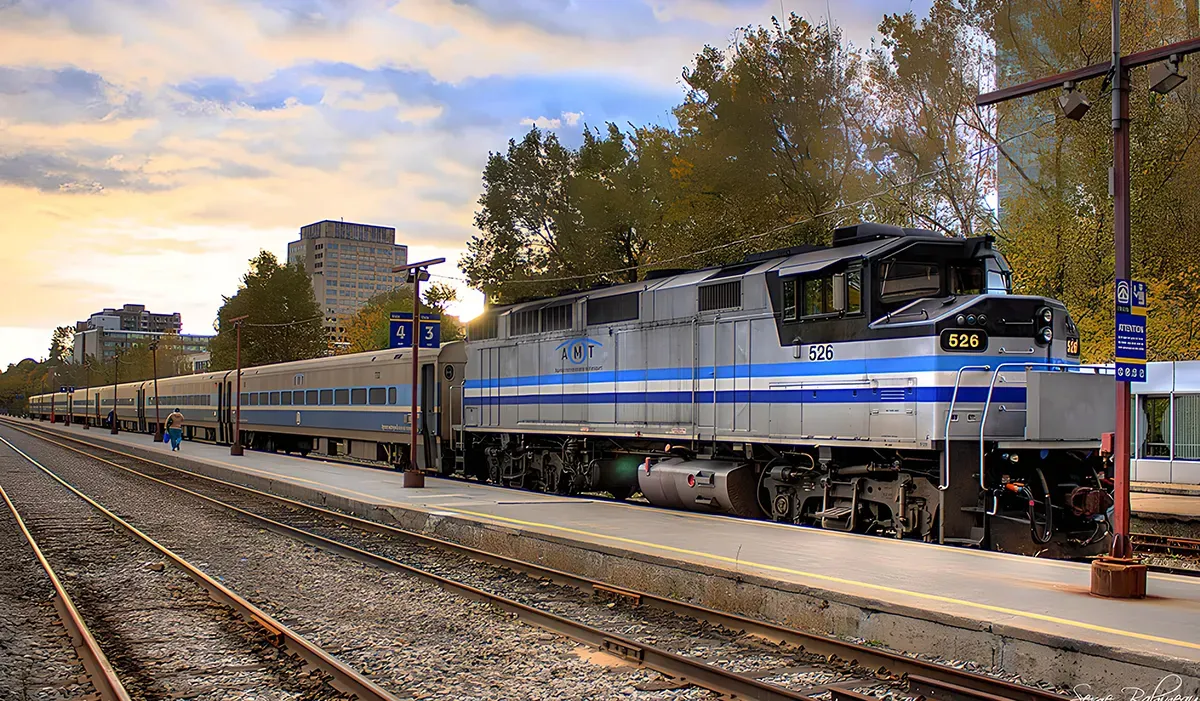
Major facilities included the Lucien-L’Allier and Central Station terminals in Montreal, which served as primary commuter rail hubs. The Pointe-Saint-Charles maintenance center, Deux-Montagnes yard, and Vaudreuil maintenance facility supported train servicing and storage. Additional key sites included the Blainville and Candiac terminals, which anchored outlying commuter corridors.
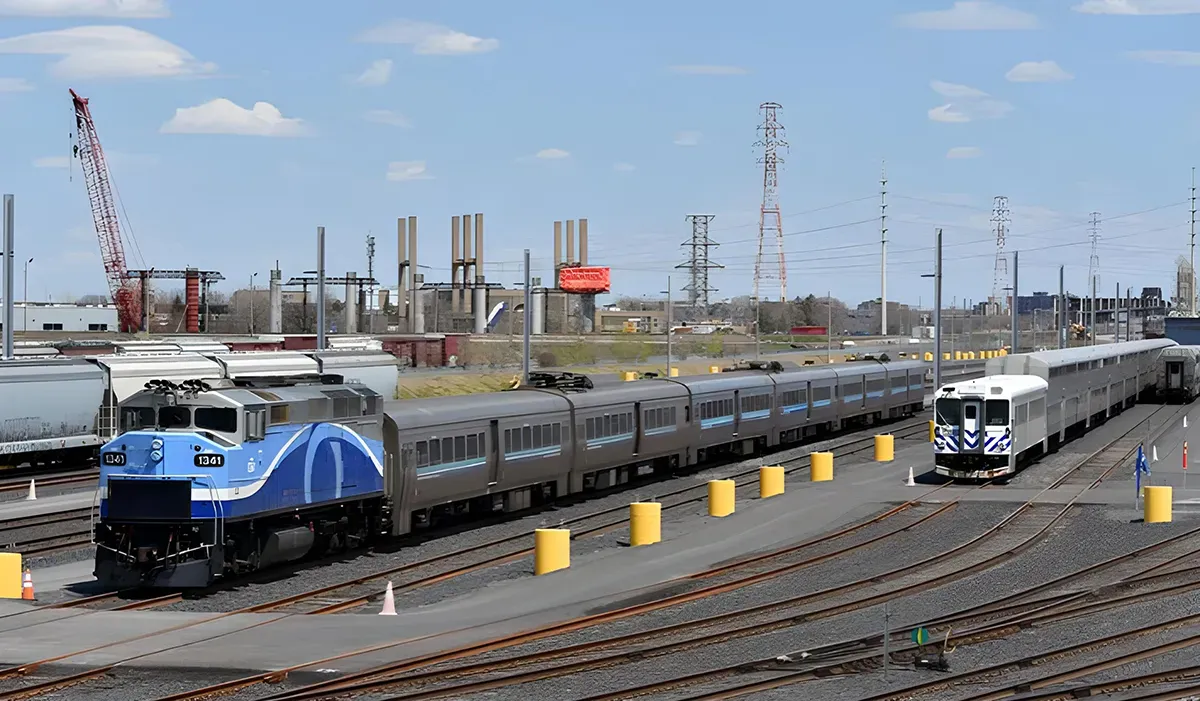
The AMT maintained ISO 9001 certification for quality management and received multiple safety awards from provincial agencies. The organization adhered to Transport Canada and Federal Railroad Administration (FRA) safety and operational standards, and it was recognized for its commitment to environmental sustainability and accessibility.
EQUIPMENT & INFRASTRUCTURE
The AMT handled a variety of passenger rolling stock, including double-decker commuter cars, standard bi-level coaches, and electric multiple units. While primarily focused on passenger service, the network was equipped to accommodate specialized cars for bicycles and accessibility, with capacities ranging from 100 to 160 passengers per car.
Technology platforms included real-time train tracking, automated dispatch systems, and a customer-facing web portal for trip planning and ticketing. The AMT also developed mobile applications for schedule updates and integrated with the Opus smart card system for fare payment. Automation technologies supported maintenance scheduling and incident response.
The AMT’s geographic scope covered the Greater Montreal area, including the Island of Montreal, Laval, Longueuil, and several off-island suburbs. The network spanned approximately 250 route miles, with key corridors radiating from downtown Montreal to communities such as Deux-Montagnes, Blainville, Vaudreuil, Candiac, and Mont-Saint-Hilaire.
Strategic partnerships included close collaboration with Exo (the operating branch for commuter rail post-2017), the Société de transport de Montréal (STM), and regional bus operators. The AMT also worked with municipal governments and the Quebec Ministry of Transportation to coordinate infrastructure investments and service planning.
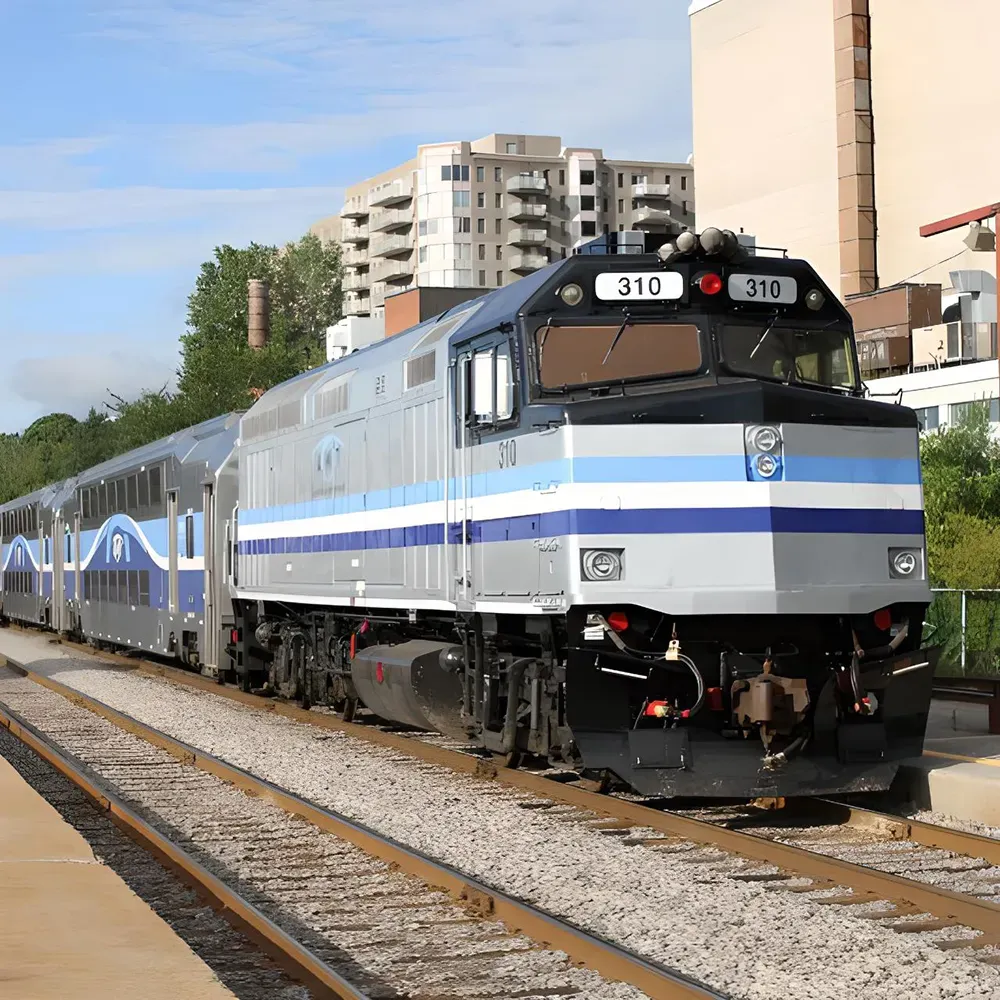
FINANCIAL METRICS & STABILITY
In 2016, the AMT reported a pre-tax profit of approximately CA$12 million on revenues of CA$350 million. The company’s operating ratio improved to 68 percent, reflecting enhanced operational efficiency and cost control measures.
Recent capital investments included a CA$100 million upgrade to the Deux-Montagnes line and the acquisition of new double-decker coaches in 2015. The AMT did not make major acquisitions but was dissolved in 2017, with its assets and responsibilities transferred to the Autorité régionale de transport métropolitain (ARTM) and Exo.
SERVICE PORTFOLIO

The AMT offered a range of logistics services, including full container load and less than container load shipments for special event trains and charter services. Additional services included ticketing integration, fare management, and accessibility consulting for municipalities and event organizers.

The AMT launched a digital customer portal to enhance self-service capabilities, allowing users to plan trips, purchase tickets, and access real-time service updates. The company also offered an API for third-party developers to integrate schedule and fare information into external applications.
INDUSTRY REPUTATION & NEWS
In its final years, the AMT focused on improving operational efficiency and service quality, implementing automated obstacle scanners at maintenance facilities and expanding real-time passenger information systems. The agency also piloted new accessibility features and expanded bicycle accommodation on trains.
The AMT’s Site Certification Program identified optimal rail-served sites for future development and conducted in-depth reviews to ensure readiness for transit-oriented projects. The agency received recognition for its leadership in sustainable mobility and accessibility.
ANALYSIS & FUTURE OUTLOOK